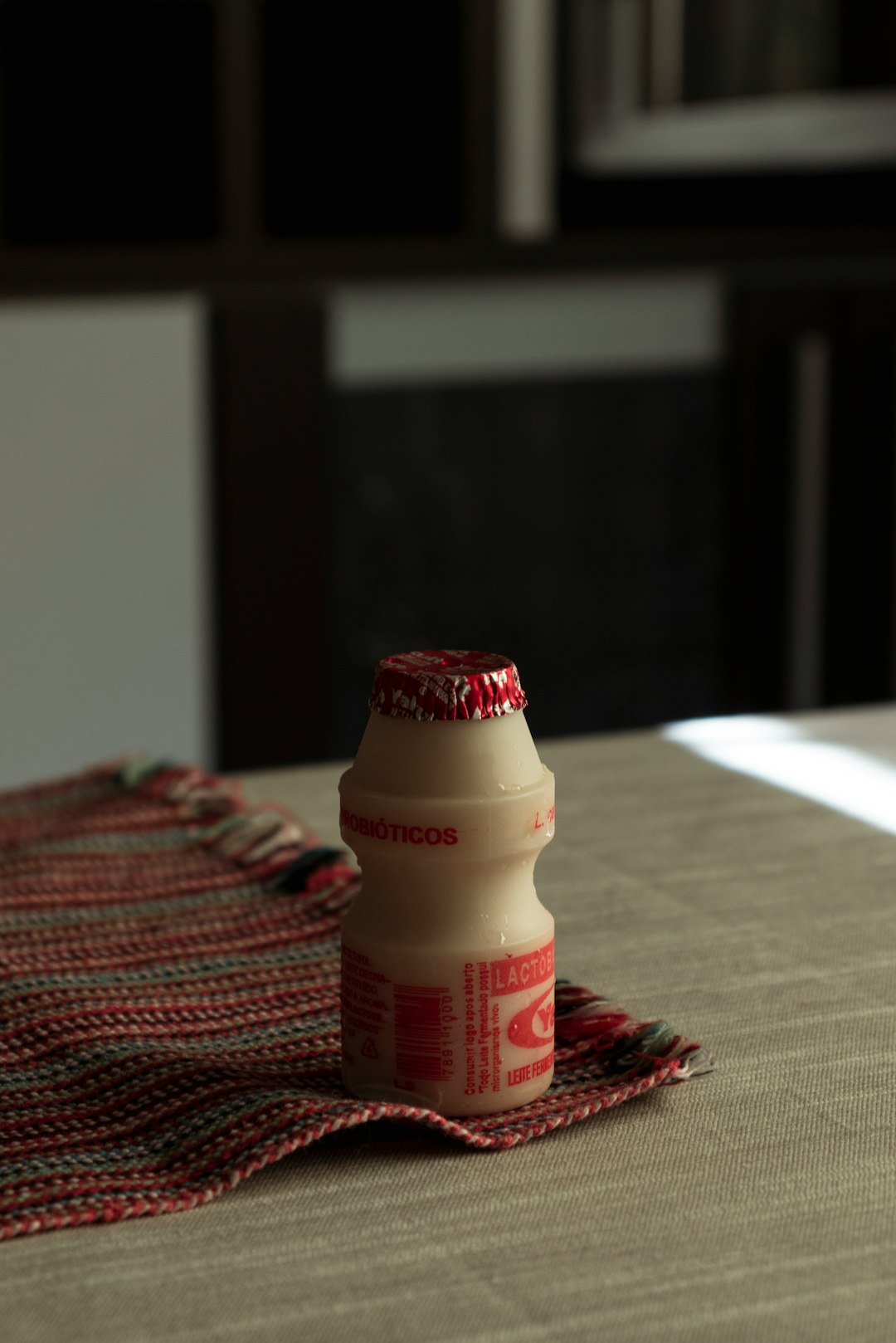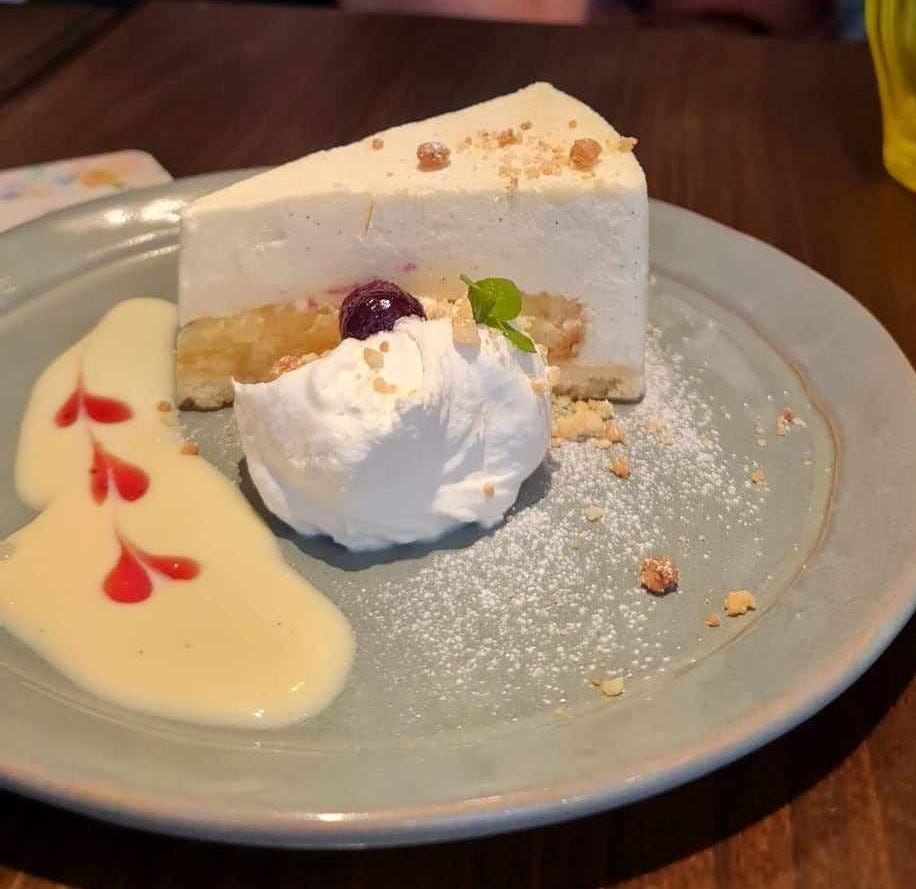Western countries almost universally have loved cheese for centuries. As a core part of their cuisines, it’s little wonder that migrants would bring this wondrous flavour wherever they went. While I explored the introduction and spread of other Western flavours in the past, cheese has behaved differently to other types of foods or even dairy drinks.
Like a hippo released into Colombia, cheese has taken over the country and can be found in all facets of Japanese dining. I want to share how this happened, and how your tastebuds can benefit.
How did we get here?
Dairy consumption has never been a mainstay of Japanese life. Beyond the limited use of dairy products was the limited availability of cows. Japan for most of it’s agricultural history chose to maximise their horse farming land, and turned a deaf ear to the moos of future cows. Without donning a detectives cap, a correlation could be drawn between high percentage of lactose intolerant individuals and historical consumption of cheese.
Nonetheless, murmurings of a cheese-like substance has been mentioned in historical texts, dating back to about 645 in the Asuka Period. However, the product (Daigo), was made by boiling milk and no process was properly recorded (only that the daigo was heavenly). Various other small scale dairy products throughout the centuries since Asuka’s time were tried and noted but nothing that the population enjoyed at scale.
Like much of modern Japan, dairy farming got a new life during the Meiji Era. Now everyone wanted to be Western and healthy. The natural step was to drink milk. Big Milk’s propaganda machine even announced Emperor Meiji himself was drinking two glasses of milk a day. Soon everyone wanted milk and were demanding Japanese grown dairy. Hokkaido would be colonised and cattle farming followed onto the island. While milk was thrust upon a population, cheese was still a rarity.
The late 1920s saw the start of industrial cheesemaking in Japan. The first large scale manufacturer Snow Cheese, is still around today, proving the country still wants its dairy. While peaks and troughs have followed Japanese cheese, I wanted to know how local tastes have shaped the product today. With a late entrance into Japanese cuisine, palates were unaccustomed to the harsher smells and flavours. It meant cheese needed to be adapted.
Sakura season
One of the most well known icons of Japan is their cherry blossom (sakura). It stood to reason that they would infuse it into whatever they can. For cheese, this addition of sakura has actually turned the previously unappreciated cheeses into a global star; the cheese was the first in Japan’s history to succeed at the international Mountain Cheese Olympic Games.

Unlike the famously diverse cast of the other Olympics, these games were once seen as an entrenched club that only the European Old Boys club could win (Italy, France, Switzerland, Germany and Austria). To this day, Sakura Cheese remains one of Japan’s most sought after cheeses and now finds distribution across the country.
Other equally interesting and equally Japanese cheeses have emerged in this category thanks to the success of this small-scale Hokkaido manufacturer. Among the more well-regarded is bamboo cheese, miso cheese, and sake cheese (I warned you). Each have found an audience among the cheese connoisseurs that value the development of independent, hand crafted flavours.
Recommendations
Kyodo Gakusha Shintoku Farm- Sakura Cheese
Address: 9-1 Shintoku, Kamikawa District, Hokkaido 081-0038, Japan
This is the Olympic gold medalist. While no longer the only manufacturer of artisan cheeses, this family-run Hokkaido farm remains the benchmark for many Japanese cheese lovers.
Fromage Sen- Bamboo and Sake Cheese
Address: 178 Babauchi, Otaki, Isumi District, Chiba 298-0231, Japan
Developed by a trained microbiologist, Fromage Sen can be seen to represent the new generation of artisan cheese makers. Her cheeses are designed to capture the essence of Japan, focusing on homegrown products, right down to the microbes themselves (apparently most other cheeses use European microbes). There are an ever-growing selection of infused flavours including bamboo charcoal and sake.
Cheetara
If you are not of an artisan mindset, and view these small scale operations as expensive, snobbish or elitist, Japan still has a cheesy snack for you. On the other end of the spectrum, we have an infamous mass manufactured cheese-like product.
A quick aside: while writing this article I discovered that Cheetara is also the name of a Thundercats character. But this bears no relation to Japan’s Cheetara, which is a cheesy fish salami. I know those three words aren’t typically related in the West, but it has become a favourite among the snackers of Japan.
How does one describe Cheetara?
Imagine a stick made of processed cheese, layered on top of salted dried minced fish paste. While this might put you in mind of a dryer, even more processed Fillet O Fish, it turns out the savoury fishy taste pairs well with a crisp beer. If I haven’t sold you on this snack, don’t worry. It’s not wholly embraced by all Japanese diners, instead fitting comfortably in the niche of “post work beer snack for middle aged workers”.
Cheese in Japan cuts across generational, cultural, and even political divides. There is a cheese for everyone. To pre-empt the next question, there aren’t only savoury cheeses. Japan accommodates the sweet toothers too.
Recommendations
Cheetara- Everywhere (supermarkets and konbinis)
Produced by Natori since the 1980’s, this is a product that deserves trying. It is a snack for beer drinking, but hasn’t replaced peanuts in our household yet.
Hokkaido Cheesecake
This one has become a phenomenon even outside of Japan. Invented in the 1960’s, the Hokkaido Cheesecake shares one thing with its savoury cheesy comrades. Softness. Famed for the soufflé-like consistency of the cake, it differs from the New York cheesecake’s hard base. Almost a wobbly texture, this dessert has earnt “favourite” status across the world with Japanese franchises bringing it to everyone.
Like the Japanese soft cheeses, one of the strengths of Hokkaido Cheesecake is the seemingly infinite variants that they can muster. Anything from chocolate, matcha, black sesame, wild berries, caramel popcorn, and others have been experimented with. And we aren’t even done with cheese desserts yet.
Recommendations
Rikuro cheesecake- Champion Chain Cheesecaking
Address: Across Osaka (chain found in Osaka, and only Osaka)
Of the various chain bakeries that exist in Japan, Rikuro is nationally famous for their cheesecake. While their cheeses are famously not from Japan (imported from Denmark), it is our suggestion for the best easily accessed cheesecake in Japan. The caveat being that this is only in Osaka.
Rakuto Tsu Cheesecake Craft- Local Cheesecaker
Address: 4-15 Minamichuo, Tsu, Mie 514-0832, Japan
There are hundreds of excellent small scale bakeries across Japan, but one that has become a personal favourite is Rakuto in Tsu. They serve a smattering of baked goods until they sell out, so there is often a morning rush for the personal favourite. If you’ve gotten there and they’re out of pastries, there still is a chance for the cream cheese soft serve.
Tarty Party
The recent (circa 2000) innovation that swept dessert lovers was the Japanese cheese tart. Originating from an excitable bakery, the tart has become another staple in a sweets-focused bakery. It shares ancestral roots to both the Portuguese and Cantonese Egg Tarts, in consistency and pastry exterior. Only the filling is swapped for the various sweet cheese stylings that were tried and tested in the cheesecake rush. With the tarts being smaller and therefore more easily eaten, it’s become a hit amongst many, including the single, those that don’t want to share, and the ones who appreciate reducing their dessert portion sizes.
Recommendations
Cheese Tart- Chain across Japan
Pablo- Chain across Japan
Somehow cheese tarts have become the most common dessert for chains to expand overseas. Both these much loved cheese tart stores have taken their success and shared it with the world. I have tried cheese tarts in Australia and other parts of Asia, and I have to say they replicate the flavour found in Japan. This might be the most accessible treat for foreigners to try.
Bye Cheezu
This article has succeeded if two things happened. One, if I’ve convinced you that cheese has muscled its way onto the Japanese food scene, and second, if this has made you hungry. One final argument for cheese being a beloved institution in Japan. Even when taking photos, Japanese people say “Hai Cheezu”! Even when striking a pose, cheese is on the mind.






I love dairy products and was raised on them; but, like about 5% of northern Europeans, I am lactose intolerant. Dairy products are major allergens and they contain growth promoters which are a risk for cancer, autoimmunity, heart disease and osteoporosis in everybody. Later in life, dairy allergy manifests with sleep apnoea, migraine, irritable bowel, depression and arthritis.
Around 90% of Asians are lactose intolerant.
https://drmyhill.co.uk/wiki/Dairy_free_diet_-_the_commonest_diet_I_use_for_children